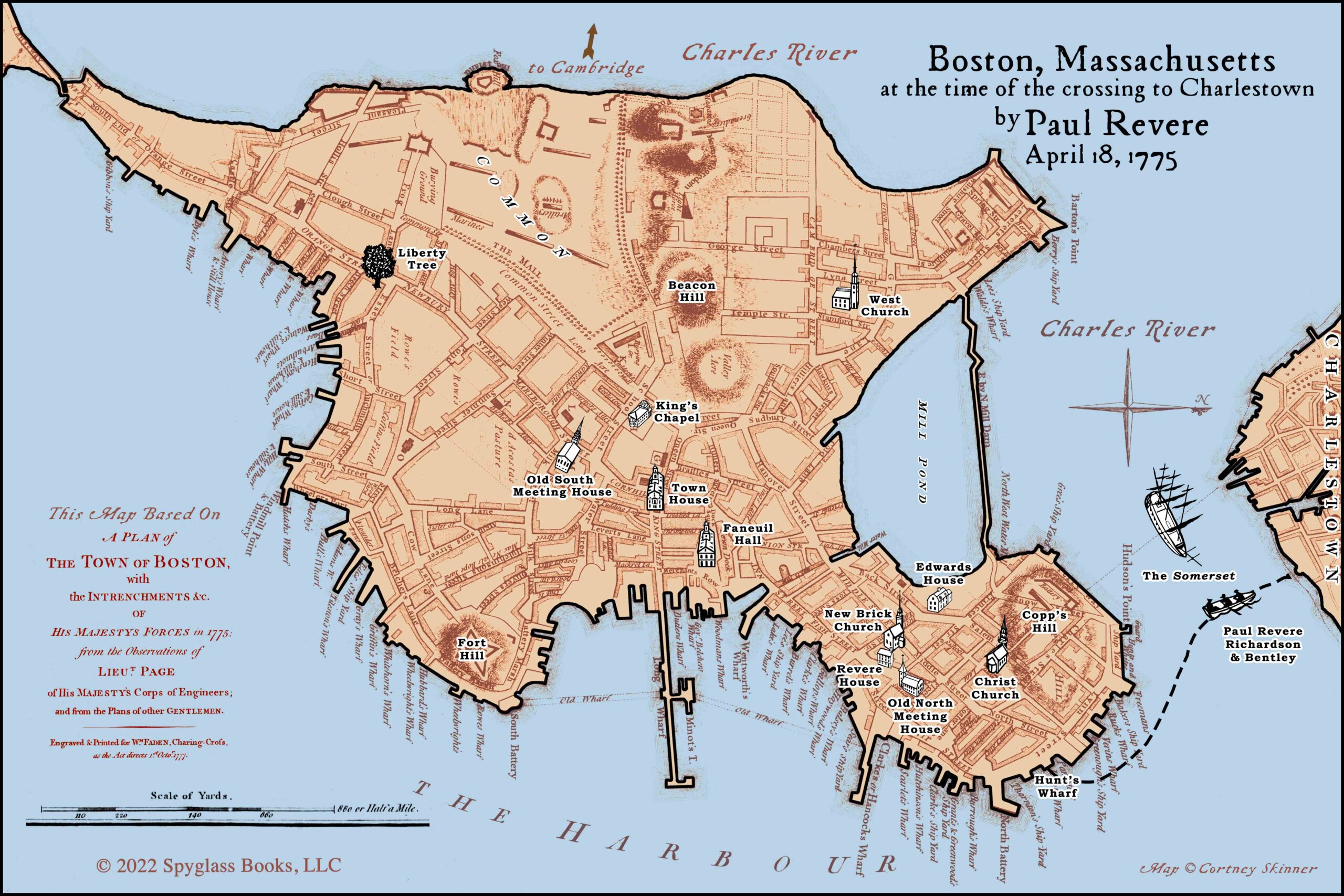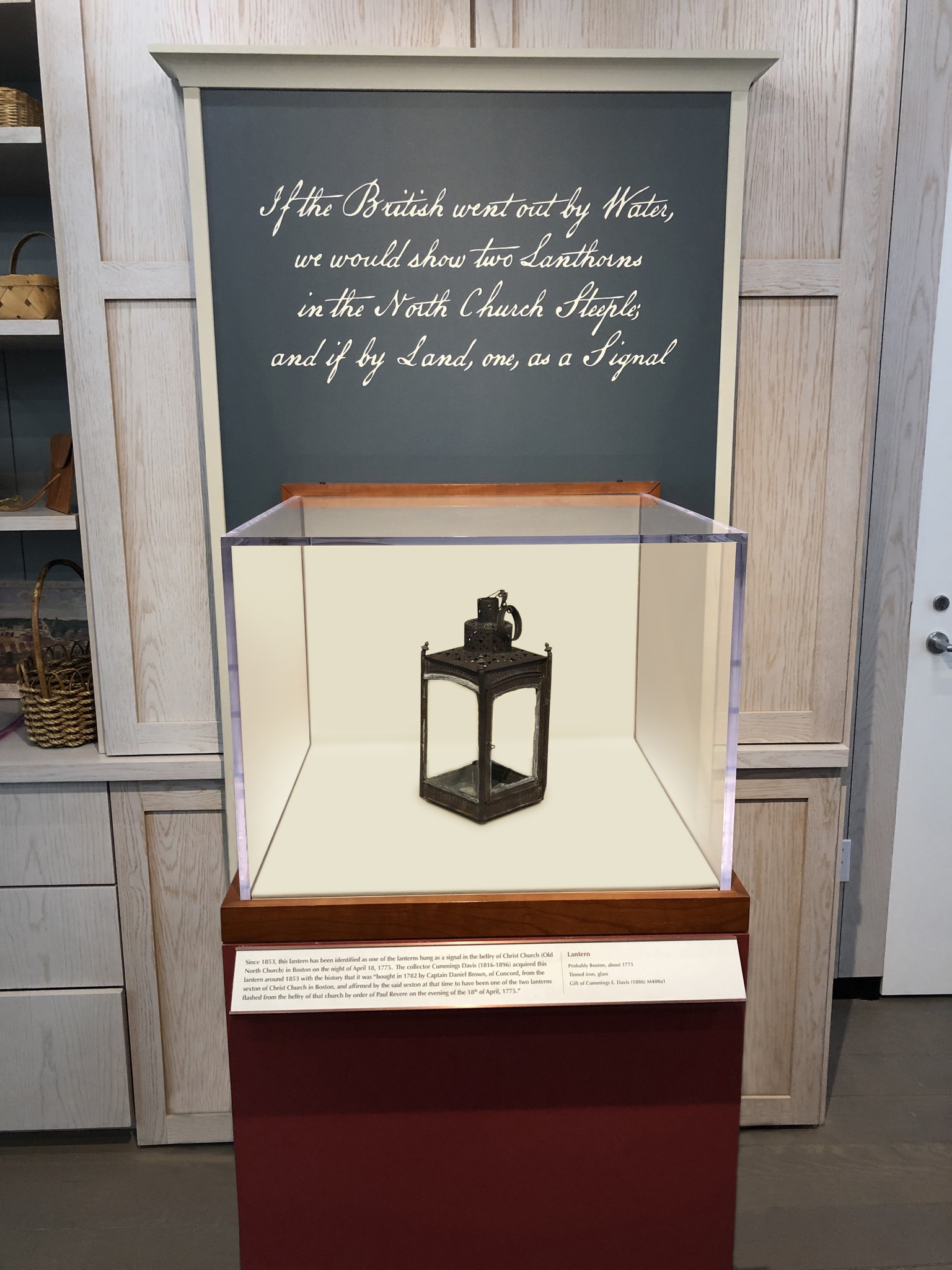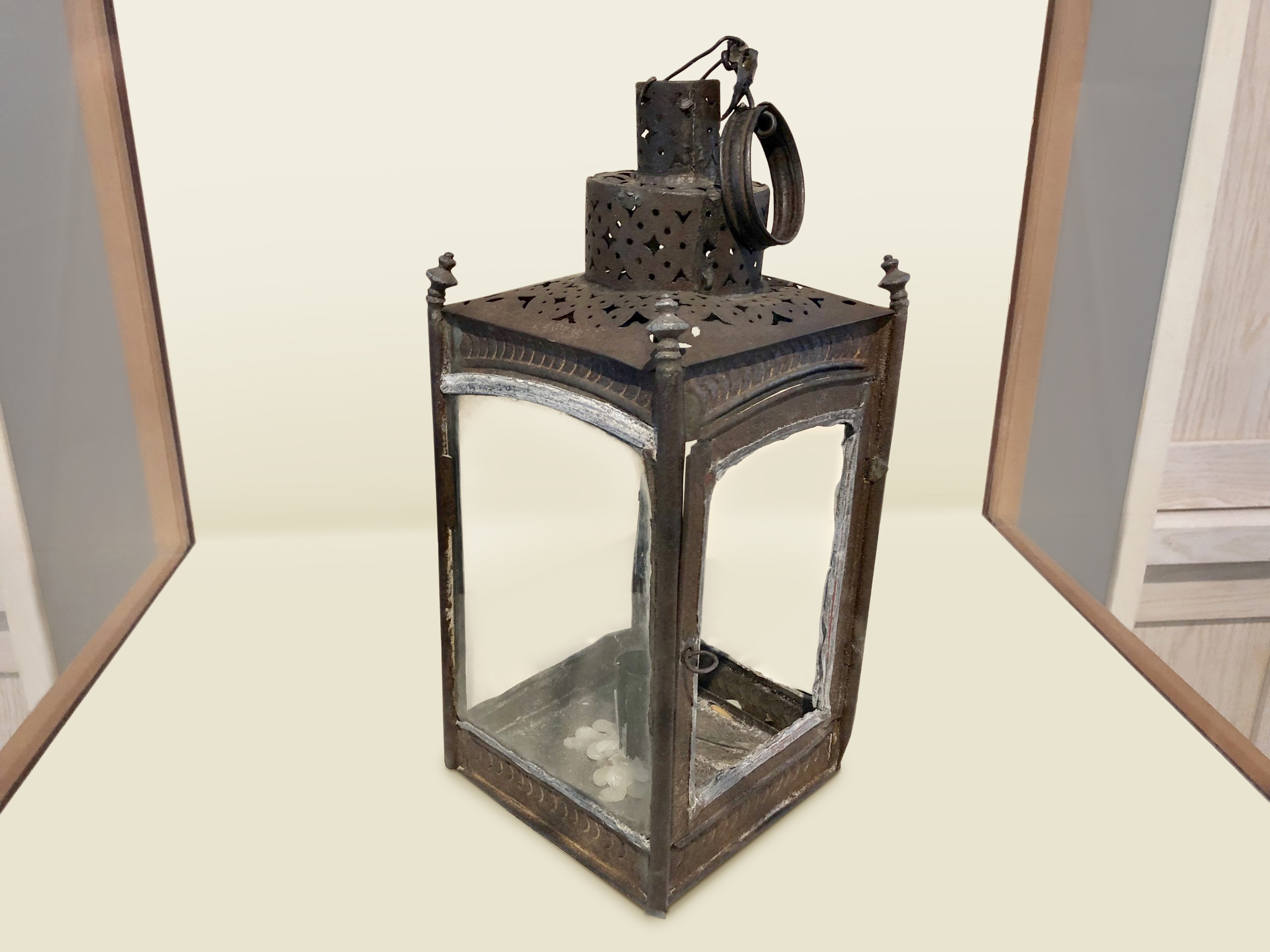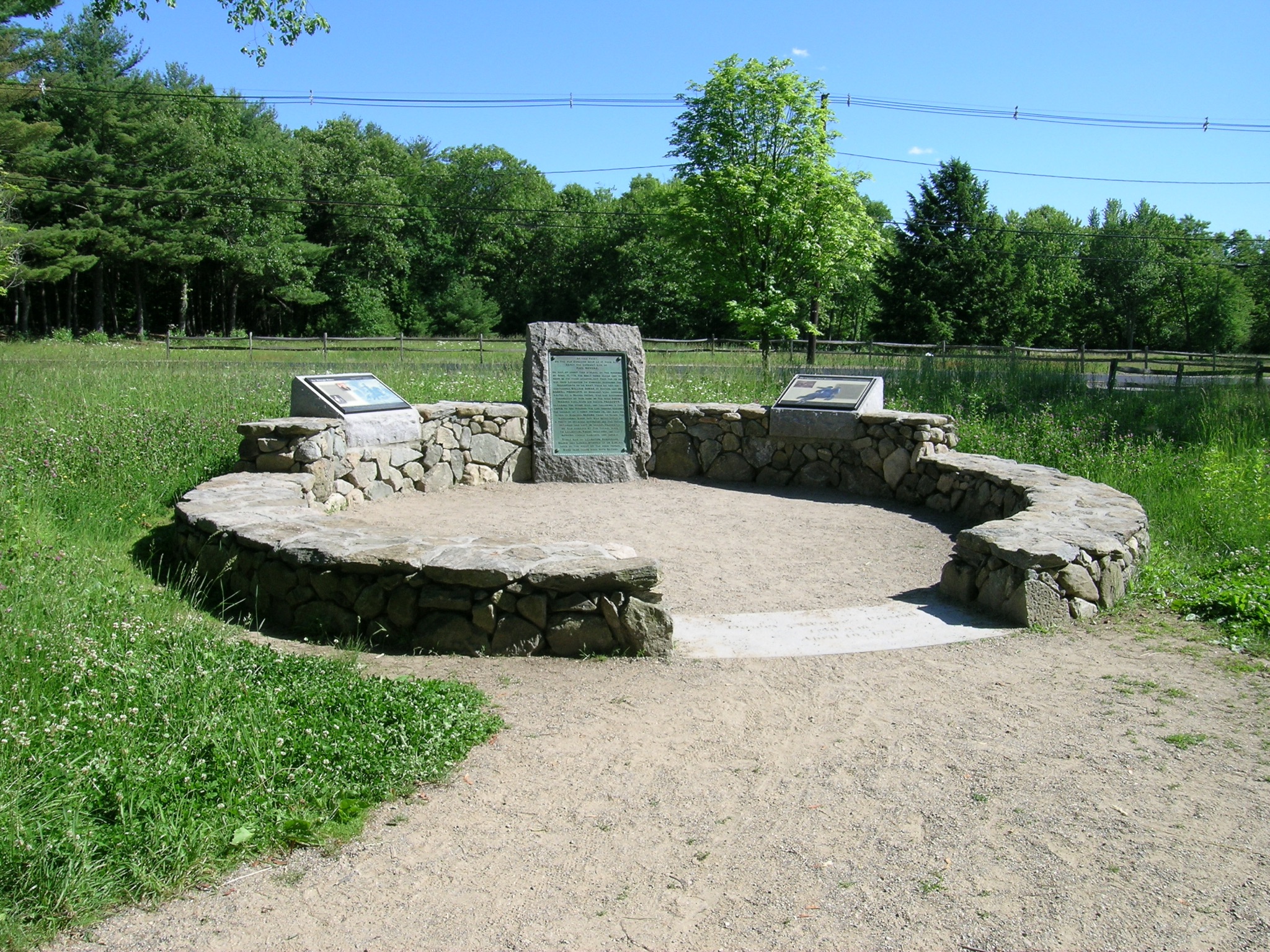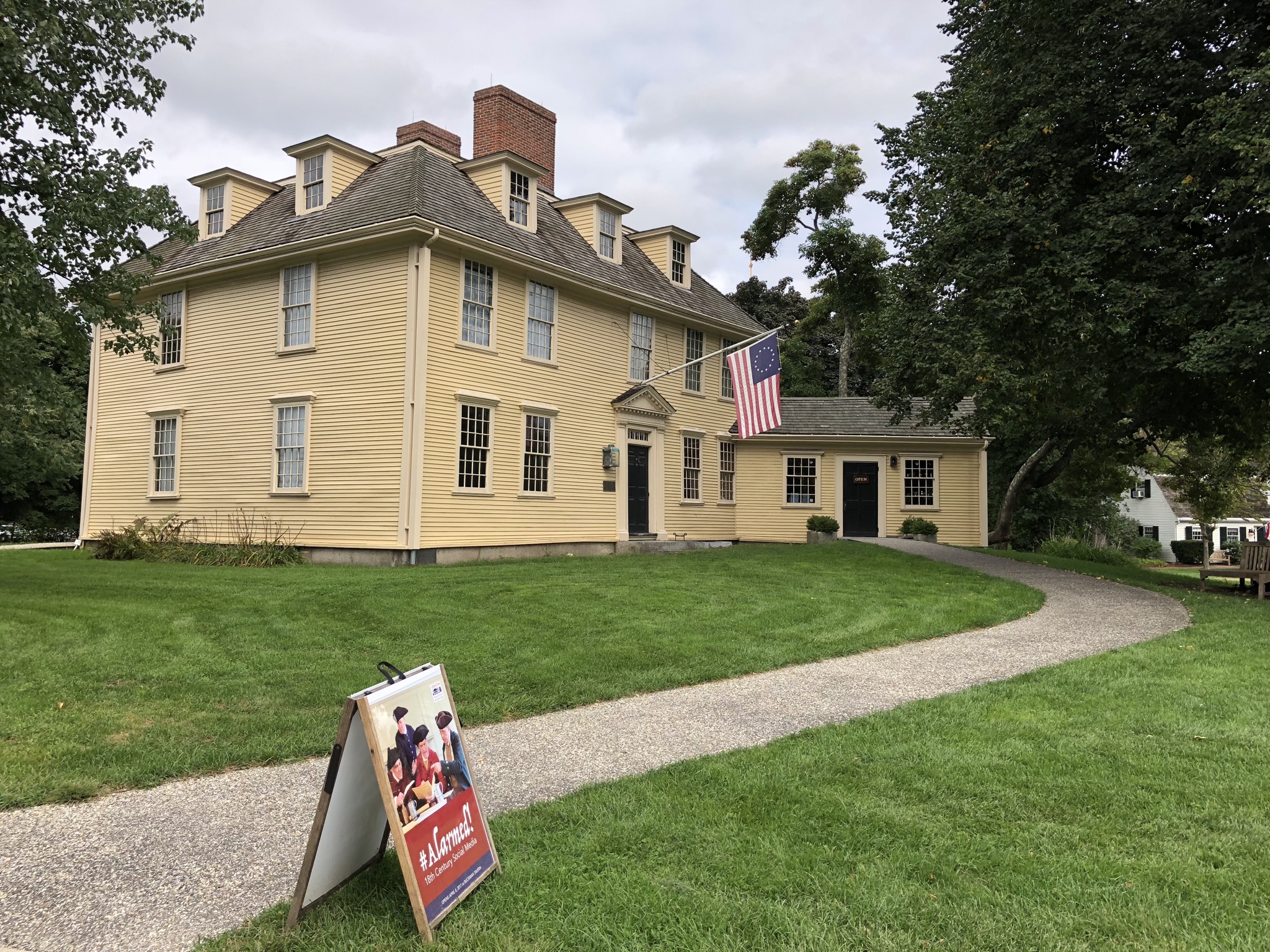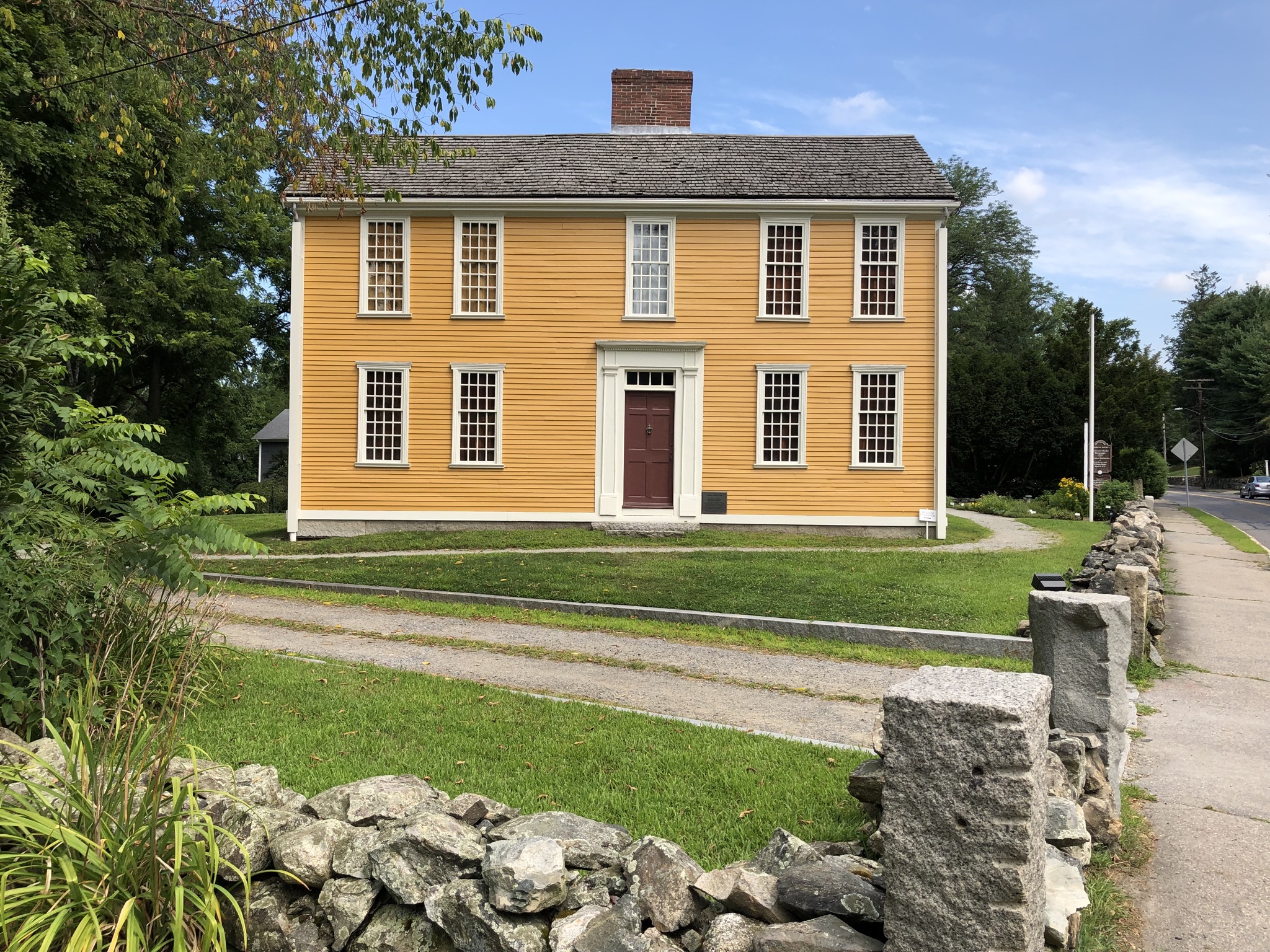Paul Revere’s Ride
April 18-19, 1775
Learn What Actually Happened on Paul Revere’s Midnight Ride
Thanks to Henry Wadsworth Longfellow’s famous poem, we’re all familiar with Paul Revere’s midnight ride—but do you know the real story? Many have come to believe that Longfellow’s version of events is factual. Today we feel that the poet was aware of the actual details but chose to use artistic license instead to make the tale more compelling and to achieve his objective of showing how one lone patriotic individual can make a difference for a cause.
Longfellow began writing “Paul Revere’s Ride” on April 6, 1860 and eventually completed it on October 13, 6 months before the firing on Fort Sumter in Charlestown, South Carolina and the start of the Civil War. Henry Wadsworth Longfellow was an abolitionist who wanted to build support for the North and the Union (if and when war began) and believed the poem could help him achieve that objective. Listen to and read the poem.
Paul Revere’s Ride – The Real Story
Compare the actual version of events in the video you just watched to those outlined in Henry Wadsworth Longfellow’s poem. In the poem, Longfellow has Revere “booted and spurred” standing beside his horse on the Charlestown shore awaiting the lantern signal so he can mount up and start his ride. There is no mention of William Dawes or Dr. Samuel Prescott in the poem, Revere receives all the credit as the lone rider. Longfellow also has Revere making it all the way to Concord, where he arrives at 2 a.m.
Cortney Skinner’s Paintings
Walking Boston and Spyglass Books, LLC recently commissioned Cortney Skinner to produce a series of paintings covering the events of Paul Revere’s midnight ride. The three items below are from that series. The first is a map showing the town of Boston in 1775 with select buildings and Paul Revere’s route past the Somerset added. The second item shows Revere’s rowboat in the shadows passing by the British warship and the third depicts that same scene but directly behind the rowboat as the men approach their landing in Charlestown. Compare the map with the two nighttime views of Boston and see which buildings would have been visible from each of these perspectives.
The Lantern Signal
During the tour Ben will address the lantern signal from Christ Church (Old North Church) and the two men who were involved, Robert Newman and Captain John Pulling Jr. This is also covered in detail in the Two Lanterns chapter of Ben’s children’s book One April in Boston that you get free access to in eBook and MP3 audio format. Climb up into the steeple with Newman and Pulling now by listening to a sample from that chapter below.
Two Lanterns
From the Concord Museum: Since 1853, this lantern has been identified as one of the lanterns hung as a signal in the belfry of Christ Church (Old North Church) in Boston on the night of April 18, 1775. The collector Cummings Davis (1816-1896) acquired this lantern around 1853 with the history that it was “bought in 1782 by Captain Daniel Brown, of Concord, from the sexton of Christ Church in Boston, and affirmed by the said sexton at that time to have been one of the two lanterns flashed from the belfry of that church by order of Paul Revere on the evening of the 18th of April, 1775.
Along Revere’s Route
Below are three images from the video you watched above. The captions beneath them provide more information. The three photos were taken by Ben Edwards.

